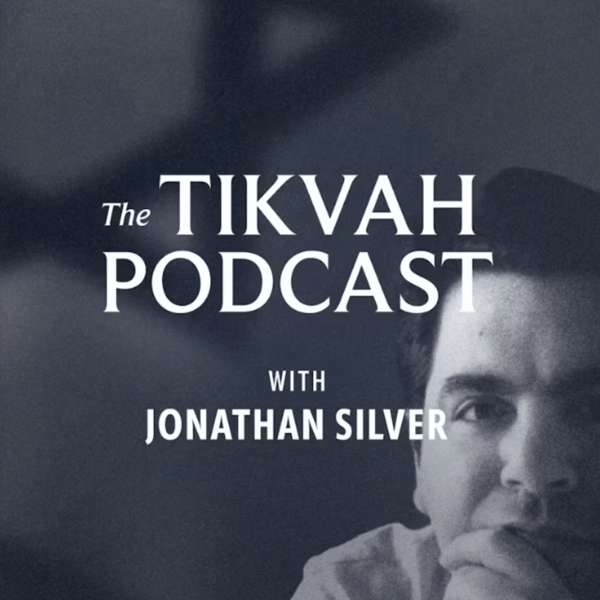Meena Viswanath on How the Duolingo App Became an Unwitting Arbiter of Modern Jewish Identity
The Tikvah Podcast
Tikvah
4.6 • 620 Ratings
🗓️ 15 April 2021
⏱️ 52 minutes
🧾️ Download transcript
Summary
Last week, the language-learning app Duolingo introduced a new course on Yiddish. The course sparked significant interest, and provoked significant controversy. Suddenly, this language-learning app became the site of a proxy argument over modern Jewish identity. In the app’s menu, each language is typically represented by the flag of the primary country in which that language is spoken. But Yiddish is a language without an obvious home, and so which flag should represent it became the subject of much and fervent debate. Moreover, since each Yiddish dialect is associated with particular cultural and religious orientations, controversy also surrounded the question of which dialect should govern pronunciation of the language in the audio elements of the app.
To better understand these controversies, one of the Duolingo app’s Yiddish course developers, Meena Viswanath, joins this week’s podcast. In conversation with Mosaic’s editor Jonathan Silver, she explains how the controversies came about, what they mean for students of Yiddish, and what they reveal about Jewish identity right now.
Musical selections are drawn from the Quintet for Clarinet and Strings, op. 31a, composed by Paul Ben-Haim and performed by the ARC Ensemble.
Transcript
Click on a timestamp to play from that location
| 0:00.0 | Last week, a short article in the Wall Street Journal snagged my eye. |
| 0:11.8 | On April 9th, Mike Cherney wrote a piece called A Bagel on a Flag, Ideas for Yiddish Symbols |
| 0:18.1 | Sparkfetching. |
| 0:19.4 | It turned out that one of the most popular, perhaps the most popular language learning app for your smartphone, Duolingo, was about to launch or had just launched a new language for its users to study, Yiddish. |
| 0:33.1 | But there was a problem. |
| 0:34.3 | The app displays languages on its menu with use of a flag from the nation where that language |
| 0:40.8 | is spoken. |
| 0:41.9 | So if you want to learn Japanese, you click on the Japanese flag. |
| 0:46.1 | You want to learn Hindi, you click on the flag of India. |
| 0:49.8 | What flag do you use for Yiddish? |
| 0:51.5 | The language of Eastern European Jewish civilization that over the course of roughly a thousand years |
| 0:58.0 | became the main carrier of modern Jewish culture. |
| 1:01.0 | Well, it turns out that the team of Yiddishists who developed the language curriculum for the app |
| 1:07.0 | were caught up in a world of social media controversy over that very question. |
| 1:11.6 | And not only the question of how to depict Yiddish as a visual symbol, |
| 1:15.5 | but controversy also surrounded the question of which Yiddish dialect should govern the pronunciation |
| 1:21.5 | in the audio elements of the app. |
| 1:24.0 | Now, I myself don't know Yiddish, but intrigued by that Wall Street Journal article, |
| 1:29.6 | I went on social media myself, and I saw that Yiddish Twitter's passions were engaged by both |
| 1:36.0 | of these questions. Accusations flew this way and that, it became clear to me as an outsider, |
| 1:43.4 | that something deeper than Yiddish orthography and regional |
| 1:47.0 | locution was at stake. Yiddish was being argued about as a proxy for deeper cultural and |
... |
Please login to see the full transcript.
Disclaimer: The podcast and artwork embedded on this page are from Tikvah, and are the property of its owner and not affiliated with or endorsed by Tapesearch.
Generated transcripts are the property of Tikvah and are distributed freely under the Fair Use doctrine. Transcripts generated by Tapesearch are not guaranteed to be accurate.
Copyright © Tapesearch 2025.

